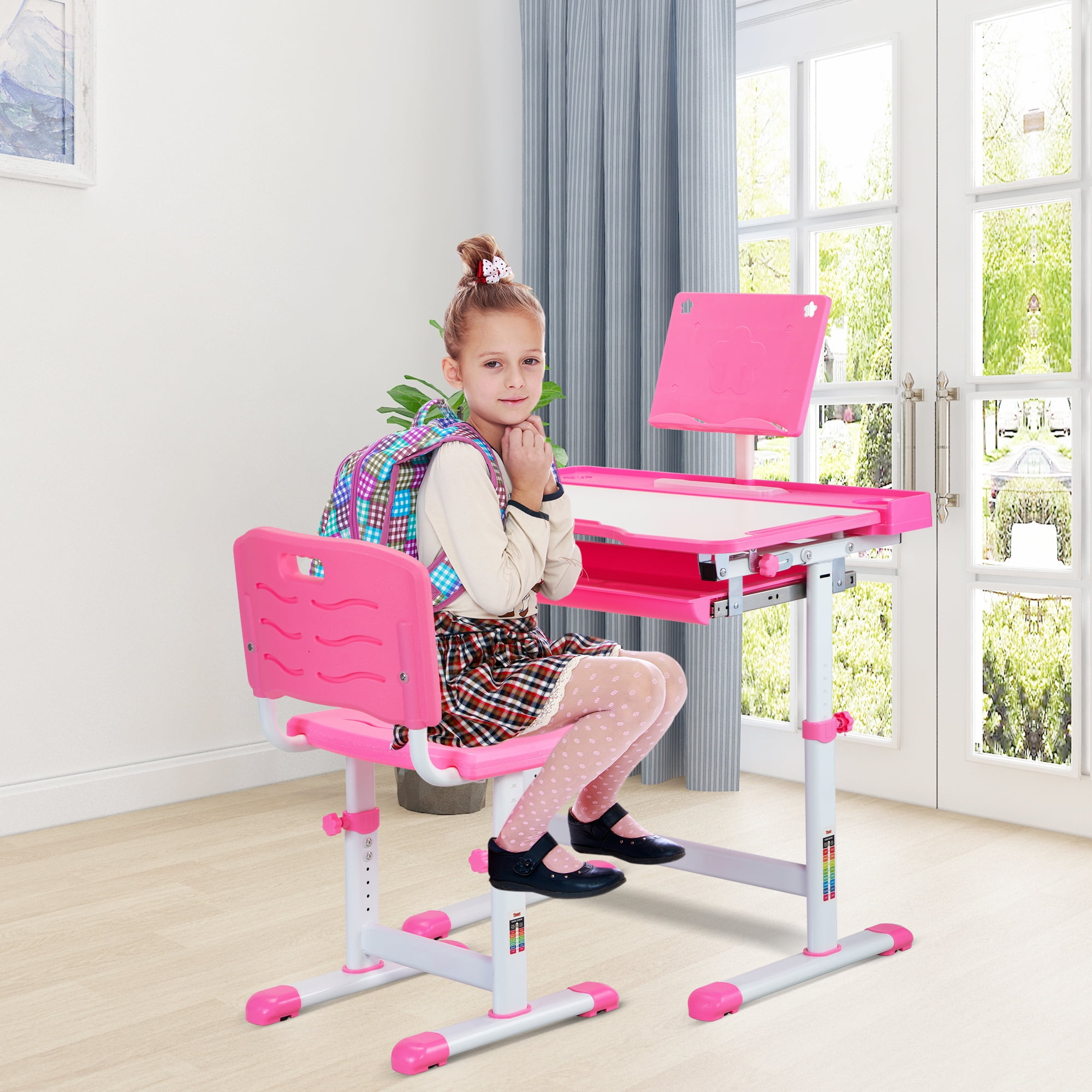Manufacturing and Sustainability of Acrylic Kids Desk Chairs
The burgeoning market for children’s furniture demands a careful consideration of both functionality and environmental responsibility. Acrylic kids’ desk chairs, with their sleek designs and durability, are gaining popularity, but their manufacturing process and long-term sustainability require scrutiny. This analysis explores the environmental implications of acrylic chair production, comparing it to alternatives.
The manufacturing process of an acrylic kids’ desk chair involves several stages. First, the acrylic sheets, typically cast or extruded, are sourced from manufacturers. These sheets are then cut and shaped using CNC machinery, minimizing material waste. The edges are often polished to prevent sharp points, enhancing safety. Finally, the components are assembled, often using adhesives that are low in volatile organic compounds (VOCs). Environmentally conscious manufacturers prioritize energy-efficient machinery and responsible waste management, recycling or repurposing scrap acrylic. Some manufacturers also source their acrylic from recycled materials, further reducing their environmental footprint.
Acrylic Chair Recyclability and Sustainability
Acrylic, a thermoplastic polymer, possesses inherent recyclability. However, the process often requires specialized facilities capable of handling acrylic’s unique properties. While not all acrylic is readily recycled in standard curbside programs, increasing efforts are being made to develop robust recycling infrastructure specifically for acrylic plastics. The sustainability of acrylic chairs is also dependent on the lifecycle of the product. Durable construction, resulting in a longer lifespan, mitigates the overall environmental impact by reducing the frequency of replacement. Furthermore, responsible disposal through recycling programs is crucial to minimize landfill waste.
Environmental Impact Comparison: Acrylic, Wood, and Plastic
A comprehensive comparison of the environmental impact across the product lifecycle – from raw material extraction to disposal – is crucial in evaluating the sustainability of different materials used in children’s furniture. Each material presents a unique set of challenges and advantages.
The following points highlight key differences in the environmental impact of acrylic, wood, and plastic chairs:
- Raw Material Extraction: Acrylic production requires significant energy input during the polymerization process. Wood harvesting, if not sustainably managed, can lead to deforestation and habitat loss. Plastic production relies heavily on fossil fuels, contributing to greenhouse gas emissions.
- Manufacturing Process: Acrylic manufacturing generally involves less water usage compared to wood processing, which can be water-intensive. Plastic manufacturing, similar to acrylic, consumes considerable energy. However, the energy sources used can vary widely, impacting the overall carbon footprint.
- Durability and Lifespan: Acrylic chairs are known for their durability, potentially extending their lifespan. Well-made wooden chairs can also be highly durable, lasting for decades. However, the durability of plastic chairs is highly variable, and lower-quality plastic can degrade quickly.
- Recyclability and Disposal: Acrylic possesses recyclability potential, though infrastructure remains a challenge. Wood is biodegradable but requires responsible disposal to avoid landfill issues. Plastic recycling rates are low globally, leading to significant environmental concerns due to persistent plastic pollution.
- Transportation and Distribution: The weight and dimensions of each material type influence transportation emissions. Lightweight acrylic might offer a slight advantage in this aspect compared to heavier wood, while the transportation of plastic can vary greatly depending on the type and its origin.
Marketing and Sales Strategies for Acrylic Kids Desk Chairs

Successfully marketing and selling acrylic kids’ desk chairs requires a focused approach targeting parents concerned about ergonomics, style, and durability. A multi-channel strategy leveraging both online and offline platforms is crucial for reaching the widest possible audience.
Target Audience and Messaging
The primary target audience consists of millennial and Gen X parents, aged 25-50, with children aged 5-12. These parents are typically digitally savvy, value design and functionality, and are willing to invest in quality products for their children’s well-being. Messaging should emphasize the chair’s ergonomic benefits, promoting healthy posture and comfortable study sessions. Highlight the chair’s modern aesthetic appeal, emphasizing its ability to complement various home décor styles. Furthermore, the messaging should stress the chair’s durability and easy maintenance, reassuring parents of its long-term value. We can achieve this through advertising campaigns emphasizing the chair’s ease of cleaning and its resistance to scratches and stains.
Marketing Channels
A multi-pronged approach is essential. Online channels will include targeted social media advertising on platforms like Instagram and Facebook, focusing on parenting and home décor communities. Influencer marketing collaborations with parenting bloggers and interior design enthusiasts will also be utilized. Search engine optimization () will ensure the product’s visibility in online searches. Offline channels will involve partnerships with children’s furniture stores and participation in relevant trade shows and parenting expos. Print advertising in parenting magazines and local community newspapers will further broaden reach.
Product Description
The “CrystalClear Kids Desk Chair” is the perfect blend of style and functionality, designed to promote healthy posture and comfort during those crucial study hours. Its sleek, transparent acrylic design adds a touch of modern elegance to any child’s workspace. The chair’s ergonomic design features adjustable height and a contoured seat to support growing bodies. Easy to clean and incredibly durable, the CrystalClear chair is built to withstand the rigors of daily use. It’s a smart investment in your child’s comfort and well-being, guaranteed to last.
Visual Representation of an Ideal Customer, Acrylic kids desk chair
Imagine a bright, airy study room bathed in soft natural light. A ten-year-old girl with bright, curious eyes sits comfortably at her desk, engrossed in a captivating book. She is perched on the CrystalClear Kids Desk Chair, its transparent acrylic frame barely visible against the light, highlighting its modern aesthetic. The desk is neatly organized, reflecting her focused attention. A soft, pastel-colored rug complements the chair’s subtle elegance. The overall scene projects an atmosphere of calm focus and playful productivity, effectively showcasing the chair’s integration into a child’s functional and aesthetically pleasing study environment. The child’s posture is straight and relaxed, illustrating the chair’s ergonomic support.

